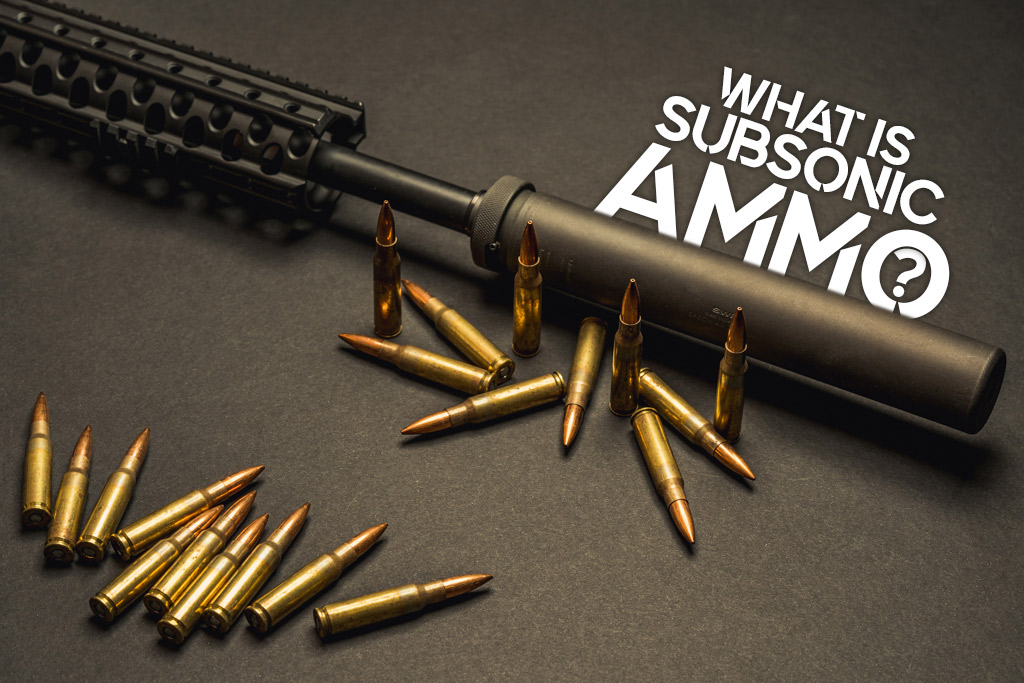Little Known Facts About Ammunition Pro Llc.
Little Known Facts About Ammunition Pro Llc.
Blog Article
The Ultimate Guide To Ammunition Pro Llc
Table of ContentsSome Ideas on Ammunition Pro Llc You Need To KnowThe 8-Second Trick For Ammunition Pro LlcLittle Known Facts About Ammunition Pro Llc.6 Easy Facts About Ammunition Pro Llc DescribedThe 10-Second Trick For Ammunition Pro Llc
The standard parts of ammo are the very same for rifle, handgun, and shotgun ammunition. Today we're looking at the what the basic components of ammunition are and exactly how they work together to discharge a round.It houses the guide and powder. The bullet is seated outdoors end of the instance. When you terminate a bullet out of a semi-auto weapon, the gun's extractor raises the case from the shooting chamber and it flies out of the weapon. The case is additionally occasionally referred to as coverings, brass, or cases.
A weapon's shooting pin strikes a cartridge's primer. The primer is located in the rim of the case of a rimfire cartridge.
Ammunition Pro Llc - Questions
The 2 usual types of guides in centerfire cartridges are Berdan and Boxer guides. Gunpowder beside the case that usually includes it. Powder, likewise understood as propellant or gunpowder, is a fast-burning chemical combination. The primer explosion sparks it. It is typically a mixture of saltpeter, charcoal, and sulfur.

We call the projectiles for shotshells, which we fire with shotguns, slugs and shot. A slug is one solid item, generally made out of lead. Shot is a group of pellets made out of lead, steel, bismuth, or tungsten alloy. Shot pellets can be available in various sizes and quantities. Since you have a standard understanding of the standard components of ammo, you can really feel a little bit extra certain in how your weapon and ammo feature!.
Ammunition Pro Llc - Questions
Maintain up with Unique Deals, Advance Notice of Sales, and Store Occasions
Enjoyable reality: Grains are made use of to describe the mass of a bullet due to the fact that right back in the early days of guns, it was an apothecary's system of dimension, and a common denominator was required to figure out just how much result in use to make cast lead bullets (Ammo Retailer). 'Grains' as a system of procedure for weight copulates back to old times, and represents the weight of a grain of wheat

(https://royaldirectory.biz/Ammunition-Pro-LLC_347358.html)For recommendation, the weight of a paper clip has to do with 16 gr. So, we understand that grains are a measure of mass, and much more = larger, and heavy is good, appropriate? Yes, hefty is great, yet mass of the projectile isn't the only point you need to consider when picking a round for your firearm.
How Ammunition Pro Llc can Save You Time, Stress, and Money.
Fun truth, this is the origin of the term "Rifle" ex-spouse. The result this spin has on projectiles is a maintaining one the bullet rotating maintains the nose aimed directly, in the very same means that a perfectly spiraled football toss is going to be a lot a lot more stable and accurate in trip than an unsightly duck, end over end throw.
Just how does this associate to grain weight? Picture you're on one of those play ground carousels, the ones with bars you hold on to while it rotates.
The exact same effect occurs with bullets. The larger the projectile, the even more impact a faster rotate will certainly have on it.
The Basic Principles Of Ammunition Pro Llc
But there's another factor that we need to take into consideration when choosing a grain weight for our ammo. As meant above, bullet speed, or the rate of the projectile, is a significant element when determining the very best grain weight projectile to make use of. Rate is affected by a couple of significant aspects, consisting of the kind and quantity of propellant (gunpowder), barrel size, and bullet weight.
The most usual grain weight rounds for 9x19mm cartridges are 115gr and 124gr. These are commonly lead core, totally jacketed (FMJ) rounds. Both of these grain weight cartridges will do well in factory 9mm hand guns, to regular pistol ranges (as much as 50 yards). 115 grain rounds are the most common (and consequently least costly).
Report this page